
Send this page of Atelier Yoyita art gallery about snakes to a friend

Snakes
|
| Jackson Zoological Park • Tigers • Bears •
Black bear •
Giraffes • Eagles • Elephants • Zebras • Snakes • spiders • Monkeys • Peacock • Birds • Sun bear • Otters • Seagulls, lauguing gull • Doves • Parrots • Spider Monkeys • Rabbits • Toucan • Orangutan • Turtles • Iguana • Meerkats • Raccoons • Chihuahuas • Cats • Goose geese • |
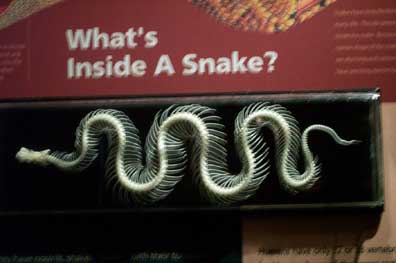 |
 |
| This is the skeleton of a snake | Rattle snake head |
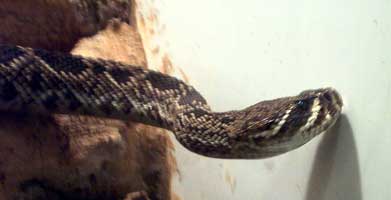 |
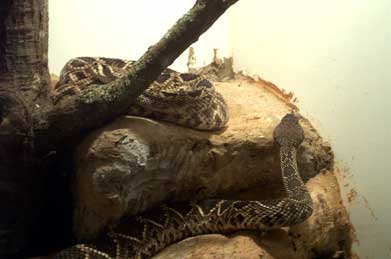 |
| Rattle snake | Rattle snake |
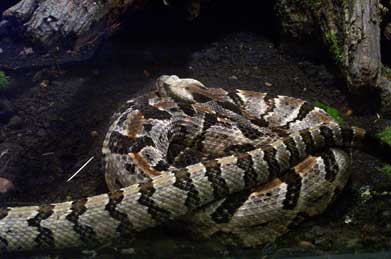 |
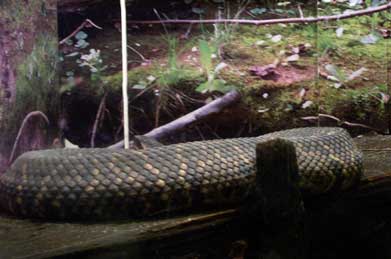 |
 |
|
| Jackson Zoological Park 2918 West Capitol St. Jackson, Mississippi |
|
SnakesScientific classificationKingdom: AnimaliaPhylum: Chordata Class: Sauropsida Order: Squamata Suborder: Serpentes Linnaeus, 1758 Snakes (from Old English snaca, and ultimately from the Proto-Indo-European base snag- or sneg-, "to crawl"), also known as ophidians, are cold blooded legless reptiles closely related to lizards, which share the order Squamata. There are also several species of legless lizard which superficially resemble snakes, but are not otherwise related to them. A love of snakes is called ophiophilia, a fear of snakes is called ophidiophobia (or snakephobia). A specialist in snakes is an ophiologist. An old synonym for snake is serpent (which comes from Old French, and ultimately from PIE *serp-, "to creep"); in modern usage this usually refers to a mythic or symbolic snake, and information about such creatures will be found under serpent (symbolism). This article deals with the biology of snakes. DietAll snakes are carnivorous, eating small animals including lizards and other snakes, rodents and other small mammals, birds, eggs or insects. Some snakes have a venomous bite, which they use to kill their prey before eating it. Other snakes kill their prey by constriction. Still others swallow their prey whole and alive. Most snakes are very easy to feed in captivity, apart from a minority of species. Snakes do not chew their food and have a very flexible lower jaw, the two halves of which are not rigidly attached, and numerous other joints in their skull (see snake skull), allowing them to open their mouths wide enough to swallow their prey whole, even if it is larger in diameter than the snake itself. It is a common misconception that snakes actually dislocate their lower jaw to consume large prey. SkinThe skin is covered in scales. Most snakes use specialized belly scales to travel, gripping surfaces. The body scales may be smooth, keeled, or granular. Their eyelids are transparent "spectacle" scales which remain permanently closed, called brille. They shed their skin periodically. Unlike other reptiles, this is done in one piece, like pulling off a sock, with the snake rubbing its nose against something rough, like a rock, for instance, creating a rip in the skin around the nose and the mouth until the skin is completely removed.[1] The primary purpose of shedding this is to grow; shedding also removes external parasites. This periodic renewal has led to the snake being a symbol of healing and medicine, as pictured in the Rod of Asclepius. In "advanced" (Caenophidian) snakes, the broad belly scales and rows of dorsal scales correspond to the vertebrae, allowing scientists to count the vertebrae without dissection. If there is not enough humidity in the air while snakes are shedding their skin, it can be very dangerous for the snake, because the dry skin does not shed. Skin that remains attached to the snake can harbour diseases and parasites. A tail tip that is not removed can constrict as the snake grows, cutting off the blood supply to the end of the tail causing it to drop off. A retained spectacle can cause the snake to become blind in the affected eye. |
|
Snakes from other places |
|
 |
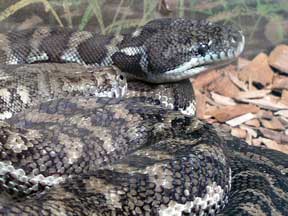 |
| Green Mamba | Adder snake |
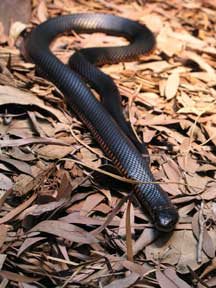 |
 |
| Black snake | |
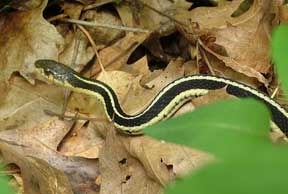 |
 |
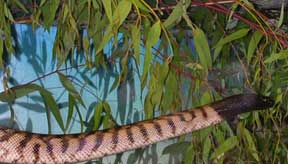 |
 |
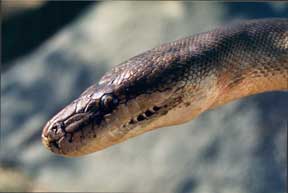 |
 |
| Carpet Snake | taking venom |
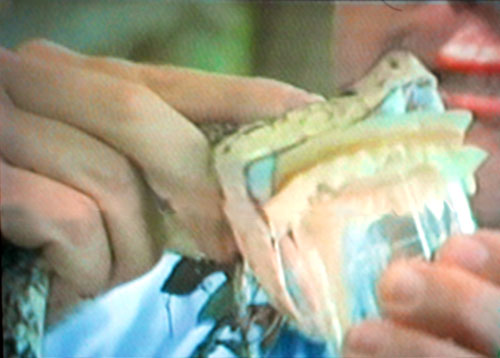 |
|
| Milking a venemous snake | |
|
Snakes Jackson Zoo Copyright 1976-2013 Dr. Gloria Norris.
Click
|